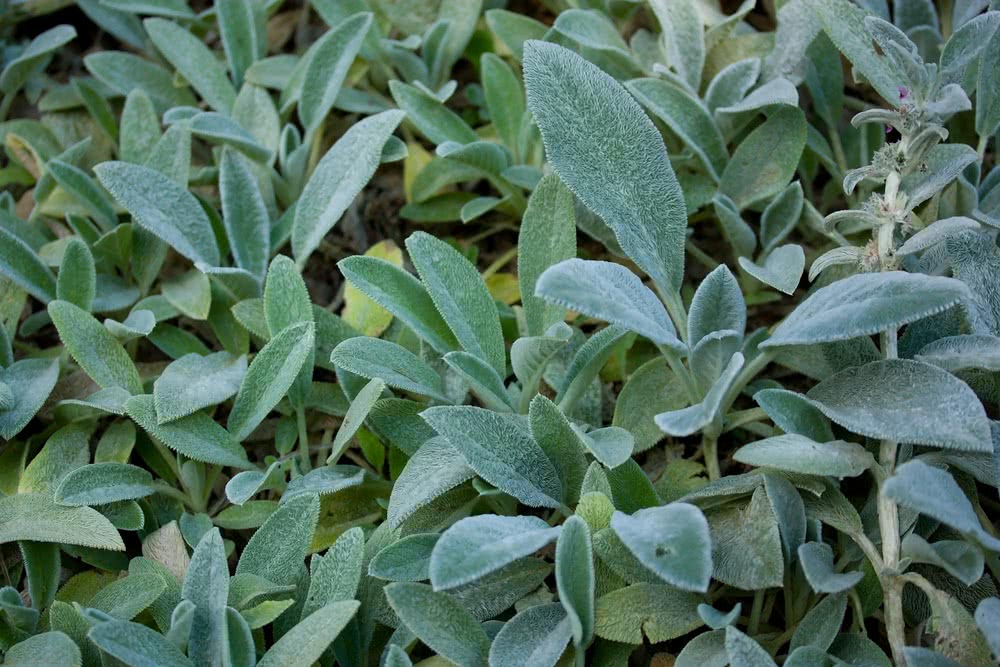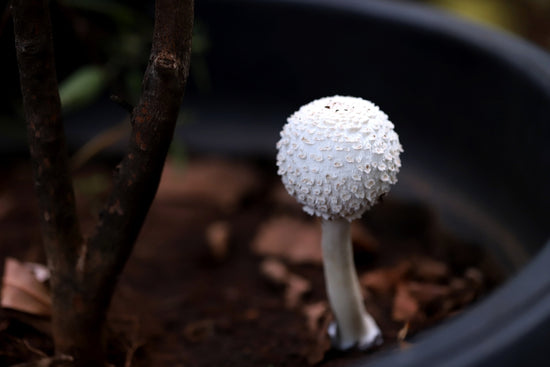Most gardeners aim to have a beautiful garden that is every neighbor's envy. So, you often see scores of home gardens with the most luscious plants, some of which you can't even name! But is that all a garden can be? A garden is meant to be where you grow your produce so that you can put the freshest food on the table and eat healthily.

Also, it is where you can grow some naturally medicinal plants, one of which is an extremely effective antibacterial bandage. Imagine it's late at night and either you or your child has hurt themselves and you're all out of bandages and there's no store near by? What will you do? If, in such cases, you have your growth of Wooly Lamb's Ear (scientific name - Stachys byzantine) plant, then you need not worry!
• Why the Wooly Lamb's Ear Plant?
During ancient times, this plant was often used to dress battlefield wounds during emergencies because of its many medicinal properties. This plant, with its fuzzy leaves, absorbs the blood from the wound and helps it clot faster. Also, it has anti-inflammatory, antiseptic and antibacterial properties that come in very handy while dressing a wound.
Read about plants that can heal your Diwali burns.

And that's not all; this plant is edible too! Just heat some of the bruised leaves in water and when this cools, use the mixture as eye drops to treat pinkeye. You can also make tea from the leaves which help with fever, stomach ailments and sore throat. Finally, you can use the juices of the leaves to treat bee stings.
Read about Best Herbs to Cure Diabetes Naturally

All in all, the Wooly Lamb's Ear will cure you of numerous problems right from your home garden.
• How to Grow Wooly Lamb's Ear Plant?
This plant is very hardy and doesn't need much of your attention to thrive and flourish. It just needs a good amount of sunlight and soil that has good drainage capabilities, that's all! The only thing you need to keep in mind is that you'll need to prune the plant every two to three years, to avoid overgrowth.
The plant grows well in containers and is also relatively easy to transplant once it starts to mature. So, when you do decide to grow it, you can do it from seed because that's not only cheaper but also infinitely more rewarding.

• Here's How You Grow your Bandages
1) Take some well-drained and open containers and fill them with the high-quality seed-starting mix. This is your foundation; you'll need a separate container for every 1-2 seeds, so plan accordingly.

2) Now, take some filtered water (because of better pH balance) and use it to wet the soil thoroughly.
3) Next, plant 1-2 seeds in each of those containers. Make sure to give them a good amount of space and plant them approximately ¼" deep.

4) Place the containers somewhere they will receive enough sunlight, around six to seven hours a day. Now the waiting game begins as you wait for the plants to germinate.

5) Finally, when the plants have around three sets of leaves, you can move them a slightly shadier spot to complete the rest of their growth cycle. Soon, you'll have your homegrown anti-bacterial bandages!

With these steps, you're well on your way to bringing all the medicinal benefits of the Wooly Lamb Ear plant to your home!












